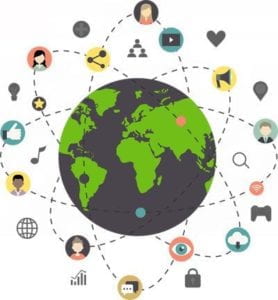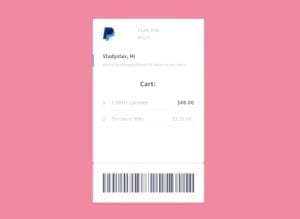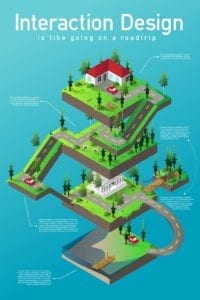Final Project: Preparatory Research and Analysis
My definition of interaction
While I was working on my Group Project, my definition of interaction was enclosed by my, then preconceived, notions and limited knowledge of interactive projects. Based mainly off of the first few readings we had and projects I looked at, I defined interaction as “when different things communicate with each other in order to achieve a goal. Interaction between humans and technological devices is the two working together, with the person triggering a certain response from the computer, in order to evoke a specific, predisposed outcome.” This definition was very specific to IMA-related subjects and does not fully encompass the entire scope of what ‘interaction’ can mean. My Group Project, the ‘Dreamie Beanie’, fell into this definition, as it very clearly followed an interaction within which a person would cause a computer’s response (which, in this project’s case, was someone’s dreams causing the beanie to record and animate their thoughts). Since having created my Midterm Project, the ‘Quiet Box’, however, I have learned that interaction is not defined only by intentional communication wherein a person purposely triggers a computer to respond. Now, I believe interaction also includes when someone (or, even something) triggers a response without meaning to do so, as with the ‘Quiet Box’, where people should not realize they are interacting with our project until they have already surpassed the trigger-threshold (and receive the LED and audio response from the box). As my skills at coding and creating have evolved in Interaction Lab, I have realized that interaction is not limited to the intentional and mutual communication between a person and a computer but can encompass a variety of intentions and communicators.
Below is an image I found on airfoilgroup.com, which I think nicely illustrates the global interaction between people and technology specifically:

Project Research
An inspirational project
While looking through projects on the Arduino website, this one immediately caught my eye. After reading through the production process, I am very inspired by the creativity and work that went into this project. This project aligns with my current, more inclusive definition of interaction because it creates not just a triggered response, but an experience with the user. As with the ‘Quiet Box’, wherein the box served a specific purpose, this project involves a memorableinteraction (whether positive or negative) with the user and pushes the boundaries of technology by making something digital real. Though human interaction with this project is purposeful, it is in some way rewarding (through gaining entertainment), just as the Quiet Box is rewarding to people in the vicinity of it by helping keep noise levels down, and just as I think interactive projects should be.

A less inspiring project
I did not like the PayPal receipt’s interactive-animation very much, as I thought it lacked a clear user-focused design and functionality. Instead of user action causing a rewarding response, it creates an interaction which is more of a hassle for the user, and which most people would rather want to avoid. While not every interaction needs to be purposeful or “wanted” necessarily, interactions should not be, interactions for interactions sake. They should always serve some sort of purpose, for either the user, or something or someone somewhere else. While animations can be entertaining, this specific one, as effectively stated by the author of this article, “shows a misguided appreciation that designers have towards animation” (Teo Siang, Interactive Design Foundation), as it focuses less on the user’s experience with the interaction and more on the animation itself. In my opinion, the user and their experience with an interaction should be at the forefront of any project design, and this project, as aforementioned, does not effectively do this.

Interaction from a different perspective
Interaction is like the process of crossing an ocean; it can be long, like by swimming, it can be enjoyable, like in a helicopter, in can be unexpected, like on a dolphin, and it can sometimes by challenging, like with sea storms. If done effectively, however, interaction is an experience which makes the journey from point A to point B more memorable than the destination itself, and allows a person to be part of and appreciate the value of the process of an action, rather than just the achievement itself.
My above definition of interaction was inspired by this poster I found online, which maps out an analogy of interaction very creatively:
